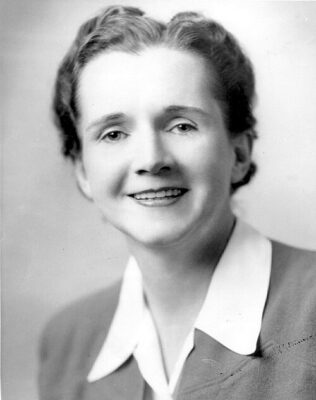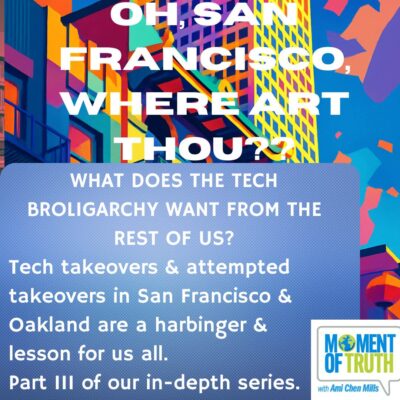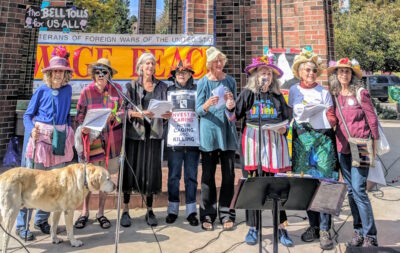
In this Talk of the Bay interview, activists Brett Garrett and Erica Stanojevic from People for Public Banking talk about their goal to start a public bank serving the central coast region. Erica is a former elementary school teacher who left that in order to focus on a family. Her love of the Earth has propelled her into activism. She is currently exploring permaculture and is also interested in promoting regenerative aquaculture. Brett is a local activist involved in many progressive causes.
A public bank is owned by the people through their representative government: a Tribe, City, County, State or Federal Government. It can receive deposits of public funds (taxes, fees fines and interest earned) from, and make loans to, the representative government that owns it. Since the City and County of Santa Cruz are too small to charter their own public bank, this group is partnering with five other counties on the central coast to develop a regional public bank.
Why Public Banks?
- To provide funding for public infrastructure, and housing for low-income and the homeless at low interest rates.
- To divest our state and local treasuries from fossil fuel and pipeline investing and invest under socially responsible standards regarding social justice and environmental protection.
- To respond to state and local financial woes by providing low-interest loans.
- To provide a safe place for banking cannabis cash that is currently prohibited by the federal government from depositing earnings into private banks.
How it Works:
- Community funds and assets are deposited in the public bank.
- CA municipalities can deposit their funds in a public bank instead of private banks.
- Low interest rates are charged with all profits returned to the community.
- Acts as a “mini-Fed” for the region, assisting local banks and guaranteeing loans.
- Partners with small banks and credit unions to fund local projects at low cost.
- Is self-funding and self-sustaining, not imperiling state funds or tax dollars.
- Has a board of directors independent from political control.
- Would establish citizen advisories to monitor investments.
Benefits of a public bank:
- Cuts infrastructure costs in half by providing low-interest loans.
- Spurs economic growth and creates new jobs.
- Generates new public revenue and lowers government debt costs.
- Strengthens local banks by backing their loans and letters of credit.
- Enables low cost loans for students, homes, local business and services.
- Does not rely on expensive and limited FDIC insurance; is insured by the State
- Has no exorbitantly-paid execs, no bonuses, fees or commissions.
Why it’s possible now:
A growing number of states and cities are considering public banking in response to a growing concern among voters and legislators that money is being drained from public coffers into Wall Street.
Resources for more information:
- Public Banking Institute: www.publicbankinginstitute.org/
- Divest and Build: www.divestbuild.org/
- Commonomics www.commonomicsusa.org.












